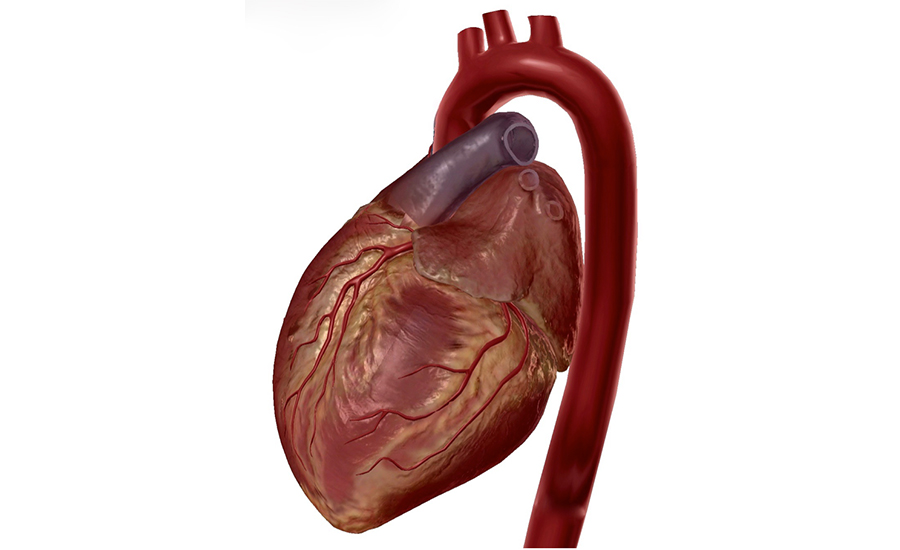The heart, sitting only a few inches behind an engineer’s shirt pocket protector, is an amazing organ. While often blamed for capricious love affairs, it beats steadily at the center of our circulatory system to provide life-sustaining connections between all cells in every corner of our body. Did you know that this system also models a scalable, energy-savings HVAC design, proven over centuries of use?
Studies comparing animal volume, or mass, to the amount of energy used to stay alive have revealed a startling constant. From a tiny single cell to the largest whale, living organisms use LESS energy per unit of weight as they go from small to large!
For example, if you already have a 20-pound dog and a new 40-pound dog comes to live with you, your canine food bill will not increase proportionately. The 100% larger new dog will only require 75% more food! This sublinear economy of scale, called a 3/4 power law, holds true for all measurable biological events from genome sizes to cell growth rates to entire life spans.
What dynamic underlies this universal pattern that exists despite huge differences in the environments and evolutionary pressures on living things? Around 1995, biologists and theoretical physicists teamed up and eventually discovered a mathematical framework for understanding quarter-power scaling laws. These calculations revealed that the underlying secret to energy-optimization is efficient connectivity between individual parts through branching networks with constrained geometric patterns, regardless of the specific organism design.
In animals, this branching network is the heart pumping blood through a healthy circulatory system. The efficiency of this movement determines how much energy is consumed to deliver essential resources to the end-units, or cells.
How does our bloodstream network guide the design and management of a HVAC system? Let’s look more closely.
The heart is a single pump with a central rate which serves the entire body. Zone-specific controls (vasoconstriction) regulates the blood flow through areas with different needs. Blood carrying oxygen for all cells leaves the heart through a single large, round, smooth artery — the aorta. When anatomy requires the aorta or other vessels to change direction or branch out, curved paths and forked branches of smooth vessels carry blood to the different parts of the body. You will never find 90-degree angles or friction-filled arteries and veins in a healthy circulatory system.
What does this suggest for the engineer? First, the energy-using pump or blower should be as efficient as possible with few friction points and dead zones. (A common condition, atrial fibrillation, results in suboptimal pumping and turbulent blood flow in the heart. People with this condition take medication to prevent blood clots from shooting to the brain and causing a stroke.) Secondly, the ducts should be round, clean, and take curving bends instead of 90-degree turns. This will decrease the friction of air on duct walls, as well as friction from air-against-air, or turbulence.
With close attention to these principles, HVAC systems can scale as successfully and efficiently as organisms do, so that increasing building space by 100% only requires a 75% increase in energy demands. Once again, follow your heart for a great outcome.




